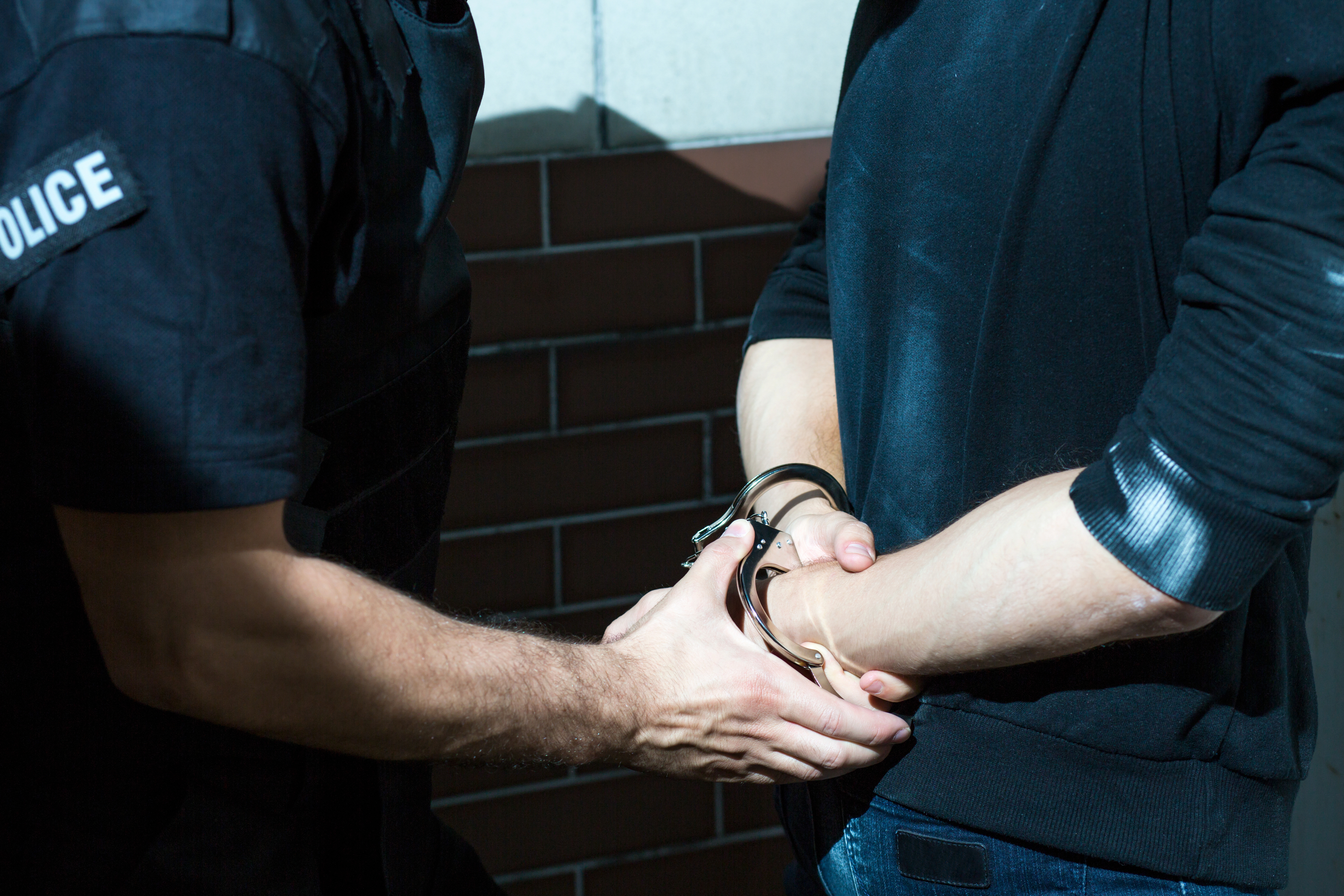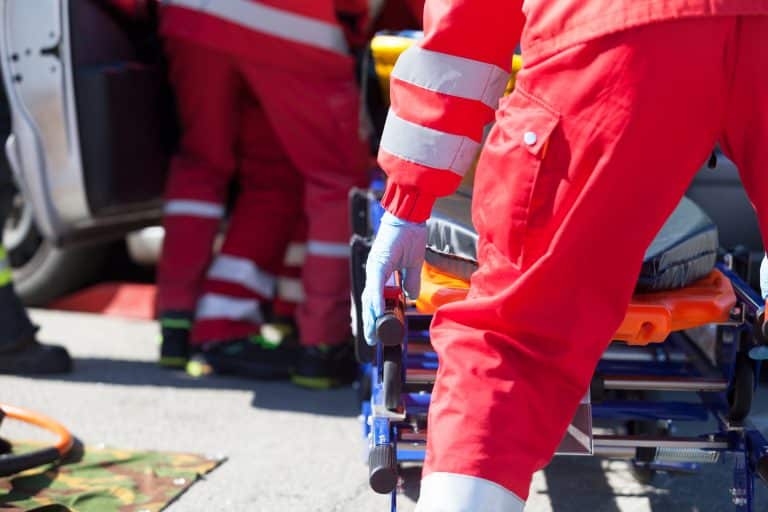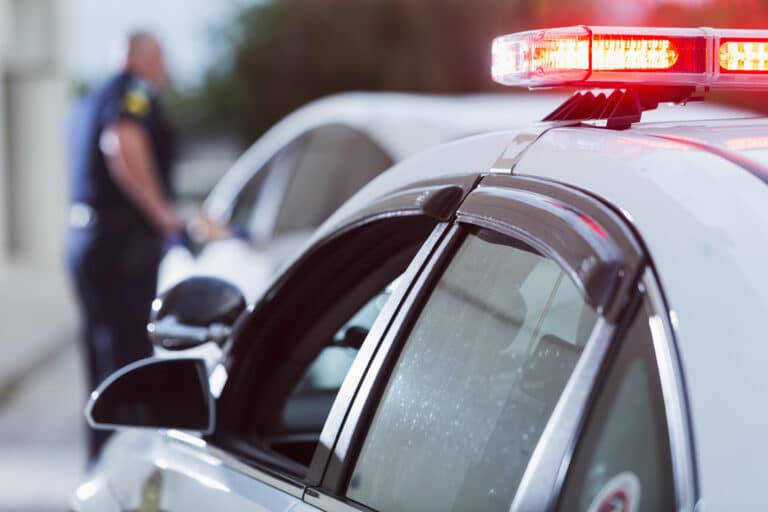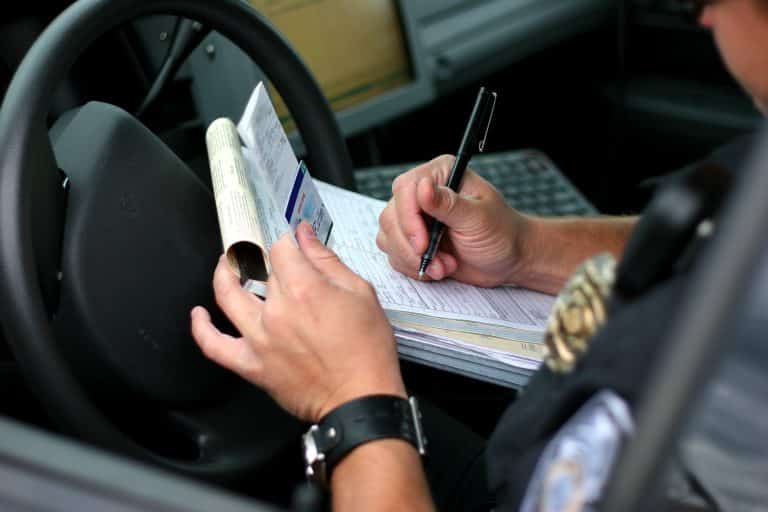Most people’s encounters with the police are peaceful and uneventful. A traffic stop usually results in a ticket or a warning and the driver is sent on their way. Sadly, there are situations when things escalate and police find themselves using force to elicit compliance, detain, or arrest someone.
Not every use of force is justified, but most are. If police used force on a person, he or she should have a thorough understanding of what is—and is not—acceptable before determining whether or not they have been unfairly treated.
What Is “Force”?
When people think about police using force, they often picture instances of what might seem like excessive force or police brutality. But really, the concept of “force” is broad. In the academy, police are taught that the mere presence of an officer can be considered using force if the intent is to assert authority over a situation.
When Is Force Justified?
The answer to this question shouldn’t be vague, but it is. Generally speaking, the use of force is justified when it is necessary to make an arrest or detain someone.
During a traffic stop, an officer may run the license plate and discover the driver has an arrest warrant against him or her. Now the officer can use force to arrest that person.
Keep in mind that 90% of the time, people are compliant. If an officer tells a person he or she is under arrest, they get handcuffed and go to the station without issue. The vast majority of people are law-abiding. A person may not know their license is suspended, or that shoplifting charge may be a misunderstanding.
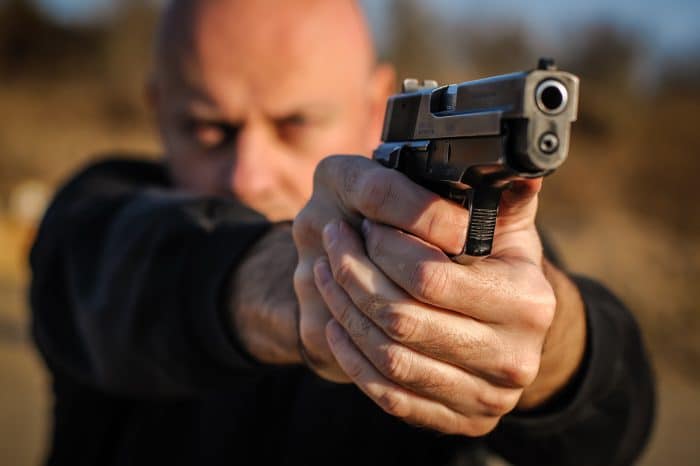
When Can Police Pull a Gun on You?
An officer should only pull his or her gun out when they feel there is an imminent threat to themselves or others. For example, one time I was monitoring the flow of traffic in Queens. I saw two cars coming from a few blocks away honking at each other. One overtook the other. The two drivers were screaming at one another. One blew through a red light, hopped on the Clearview Expressway, and started doing 90 mph. I followed him with my lights on, sirens blaring, doing over 120 mph to catch him. As soon as he pulled over, I jumped out of my cruiser with my gun drawn.
Why? The situation looked like a crime was occurring. I suspected the vehicle was stolen and the driver was eager to get away from the scene.
During the traffic stop, the passenger and driver were nervous but compliant. Still, I feared for my own safety. Thankfully, it turned out to just be a case of road rage.
What’s interesting is, I could have arrested the person for disorderly conduct or reckless driving. But I didn’t. Having a gun pointed at him was clearly a harrowing experience for the driver. Once the situation deescalated, I decided that this experience was punishment enough. So I gave him a ticket for the red light violation and let him go.
In short, while I was mistaken in thinking a crime was taking place, the appearance of one was very real and understandable. That’s the key: an officer has to have a clear reason for feeling threatened.
In the academy, we are taught to eliminate threats. That doesn’t always mean to shoot someone—but it does mean that an officer can continue to escalate and apply greater and greater force until there is no more threat to the officers or other citizens.
When Non-lethal Weapons Are Acceptable
The question of whether officers should use their gun or another weapon, such as a TASER, pepper spray, or baton depends on the situation. If an officer is on foot patrol and sees someone about to stab another person, that officer can use lethal force.
If an assailant slaps or punches another person, the officer cannot pull his/her gun in response. Now, perhaps the assailant is extremely riled up and the officer isn’t confident he or she can detain the perpetrator safely. Then a TASER may be appropriate.
Batons and pepper spray are most often reserved for crowd control. These tools carry risks, though. The goal is to use non-lethal force, but those with asthma could hyperventilate after being doused with pepper spray. On the flip side, a small portion of people have a level of immunity to it, which places the officer at greater risk.
Similarly, a baton can cause serious injury. So an officer should only use one when a crowd has gotten violent and out of control.
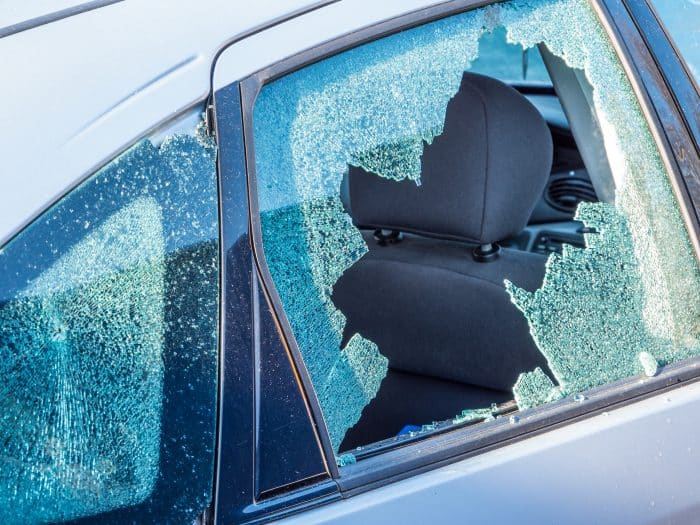
When Can Police Break Your Window/Drag You Out of Your Car?
During a typical traffic stop, there is no reason why an officer should break your car window or drag you out of your vehicle. The only time this could happen is if the person is being placed under arrest and is not complying.
I mentioned in another article an instance where an officer dealt with a driver who refused to roll down his window more than a crack. After five or six minutes of politely requesting the person roll down the window more so they could communicate effectively, the officer threatened to break it.
A traffic stop is an important part of an officer’s responsibilities, and preventing police from completing a routine stop is a violation of the law. That person could have been arrested for obstructing governmental administration.
This is an uncommon occurrence. If an officer does drag someone out of their car, it is almost always because that person is being detained or arrested but is not complying with the officer’s demands. In any other scenario, this should not happen.
What Is Resisting Arrest?
I can’t emphasize enough that, in any arrest situation, the person has to comply with police commands. If you are asked to turn around and you don’t turn around, that’s resisting arrest. If you don’t put your hands behind you when asked, that’s resisting arrest. There’s no gray area here.
If someone is only being detained, then any refusal to comply is not resisting arrest. However, depending on the situation, it could be interfering with police activity, which could result in an arrest. So it’s always best to comply when possible—and most people do.
Resisting can also include fleeing police, either on foot or in a vehicle. This doesn’t make sense to me; if you’re innocent, you will have your day in court to prove it. And if you are guilty, then fleeing is only going to add to the charges filed against you. Moreover, if you resist arrest, police are going to use more aggressive levels of force. It’s just not worth the risk of unnecessary injury to yourself.
How Do I Know if the Police Used Excessive Force?
At the end of the day, the question is more often whether or not the officer used excessive force for the situation. Most officers know when they can assert themselves, but every application of force is a judgment call as to how much and in what way. The goal is for the officer to ensure that he/she and others around him/her are safe. If that’s the case, then the officer will almost always scale back the intensity.
Still, police are humans too. And sometimes we get it wrong. If you think that’s the case, it may be worth hiring an attorney to investigate further.
